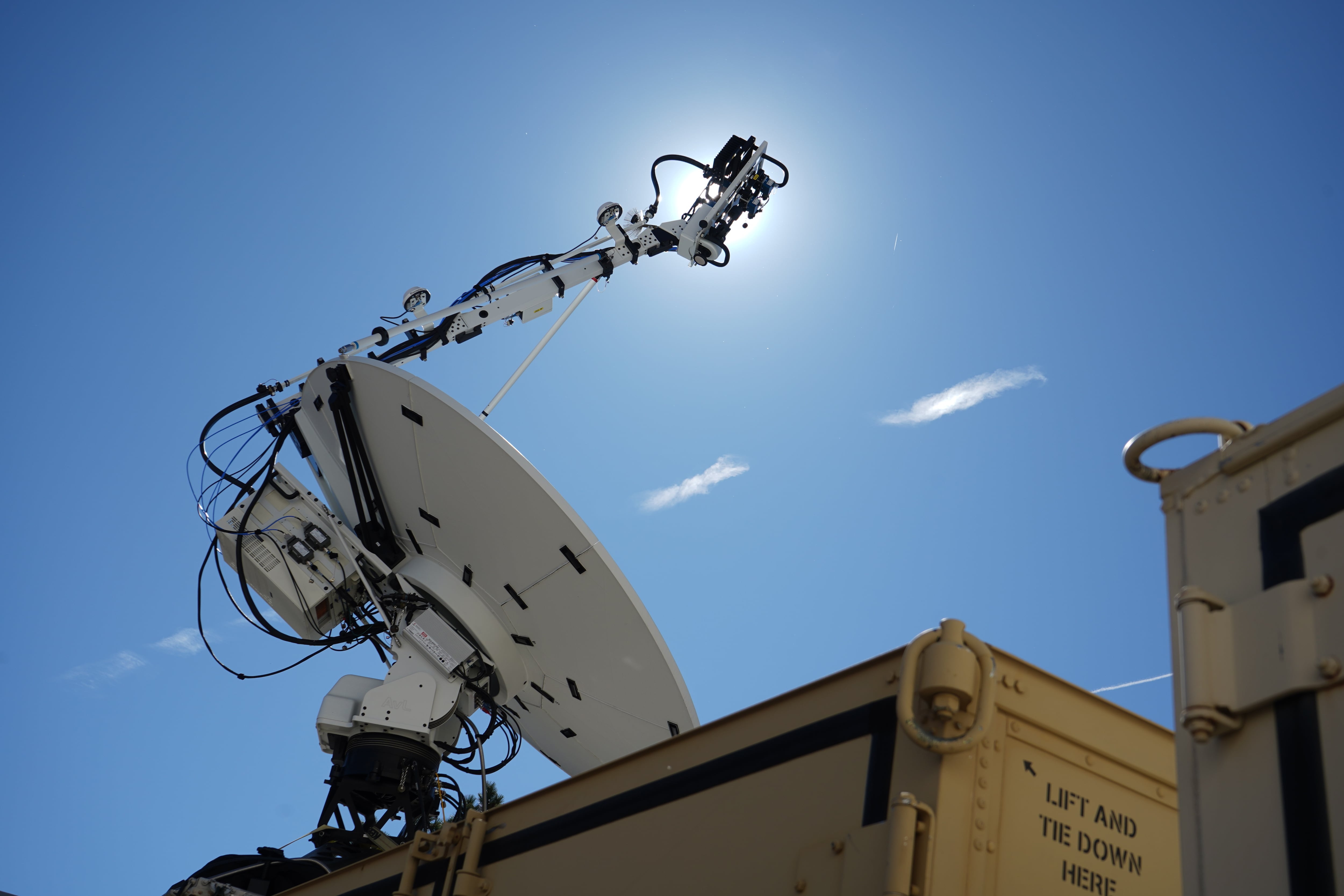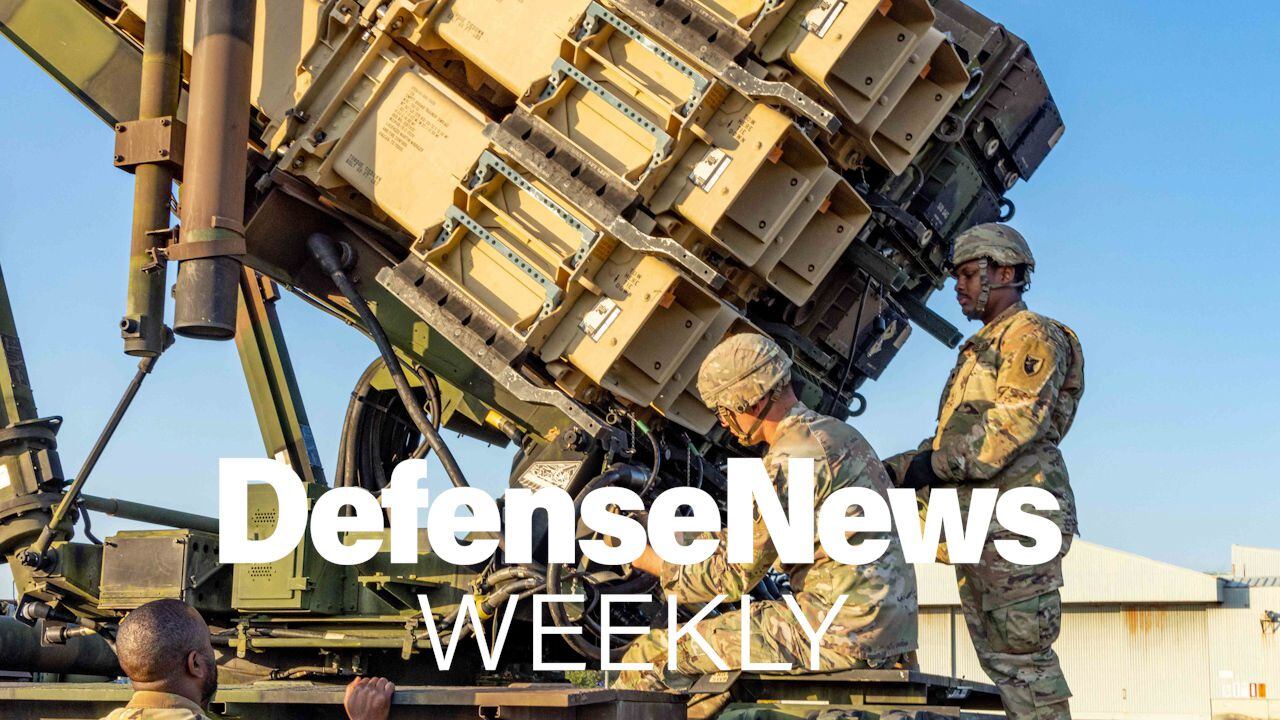The Air Force launched two experimental cubesats Nov. 2 that could provide key insights on the viability of fielding a proliferated constellation of satellites in low earth orbit in the next few years.
“The successful launch of the Aerospace CubeSats marks a huge achievement for SMC and its partners,” Col. Dennis Bythewood, the Space and Missile Systems Center’s program executive officer for space development, said in a Nov. 2 press release. “This mission has set a precedent for speed and will also provide us with much needed data for future space development programs.”
The Air Force has made little secret of its desire to fulfill needed capabilities through a constellation of hundreds of small satellites in low earth orbit. The Pentagon established the Space Development Agency in March to coordinate that effort and help get satellites to orbit as soon as possible. Over the summer, the agency released its vision for that constellation, which included several layers that would provide unique capabilities and be tied together through a data transport layer. While that vision has been refined over the last few months, the core of the concept remains unchanged.
Built by the Aerospace Corporation, a federally funded research nonprofit that informs the nation’s national security space efforts, the Rogue cubesats experiment will help the Air Force understand how well commercial off the shelf technology can meet the military’s needs. According to SMC, Rogue has been successful thus far by meeting its 16-month timeline for design, build and testing.
The cubesats will also test out a number of new capabilities, such as a high-speed laser communications system and novel wavelengths for infrared sensing.
The Rogue cubesats launched Nov. 2 from NASA’s Wallops Flight Facility in Virginia. However, the cubesats will not actually be deployed on orbit until some point in 2020. In the meantime, the satellites will remain docked to the International Space Station.
Nathan Strout covers space, unmanned and intelligence systems for C4ISRNET.








